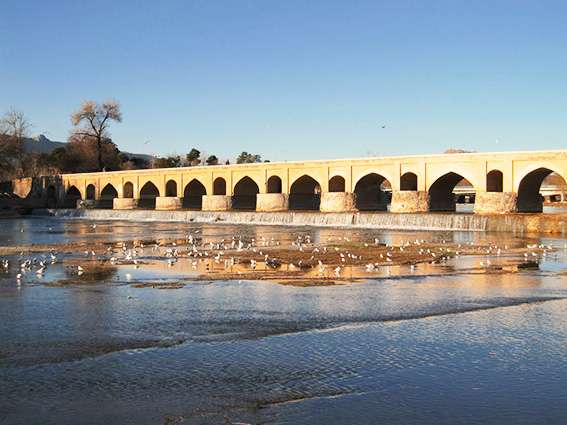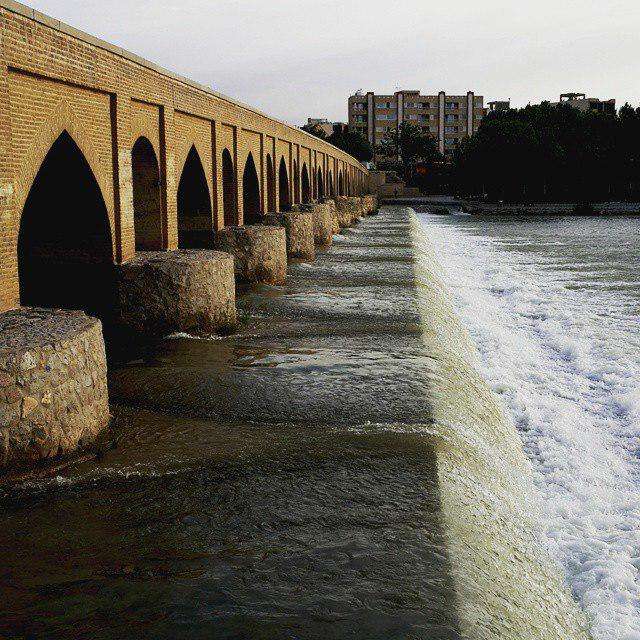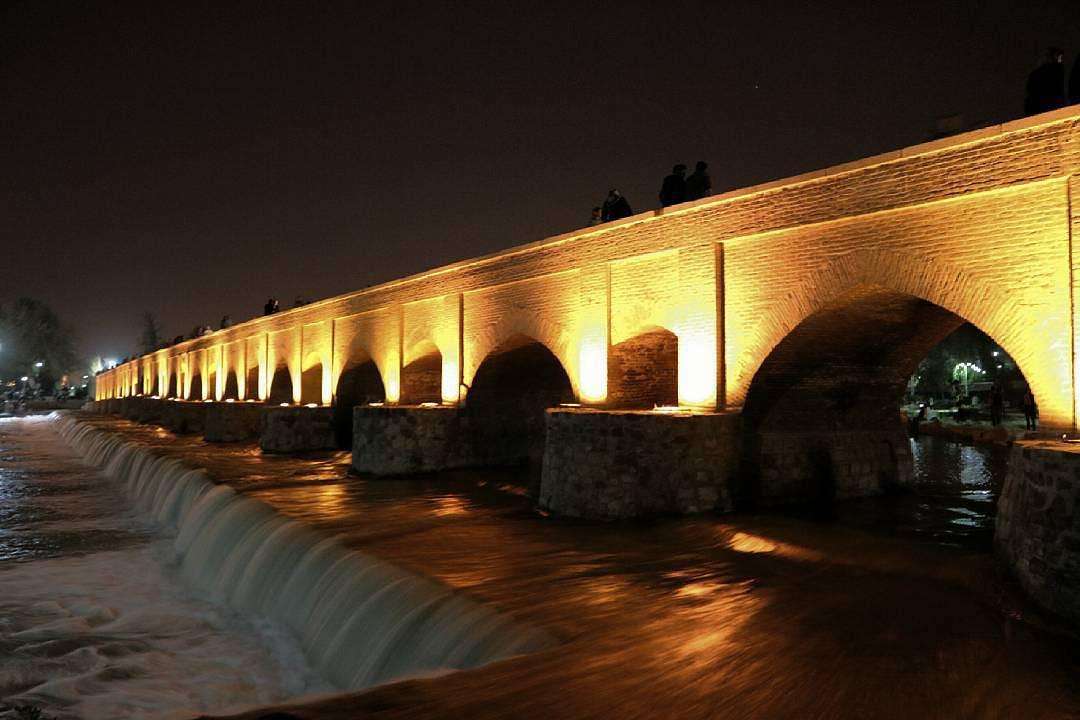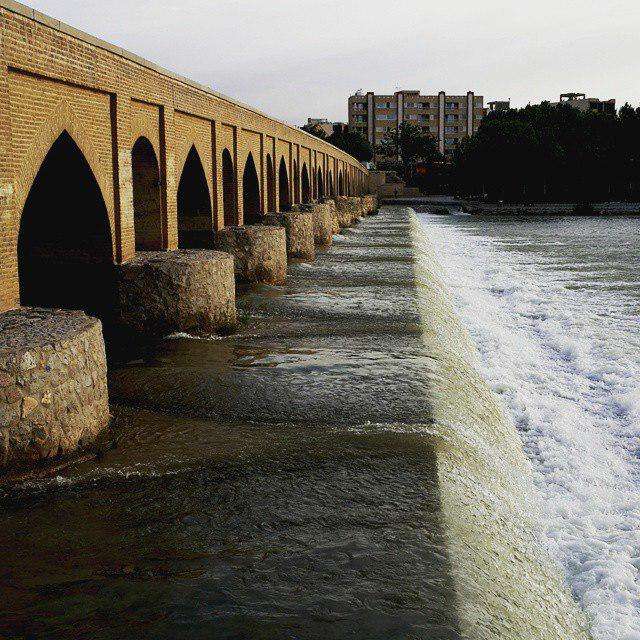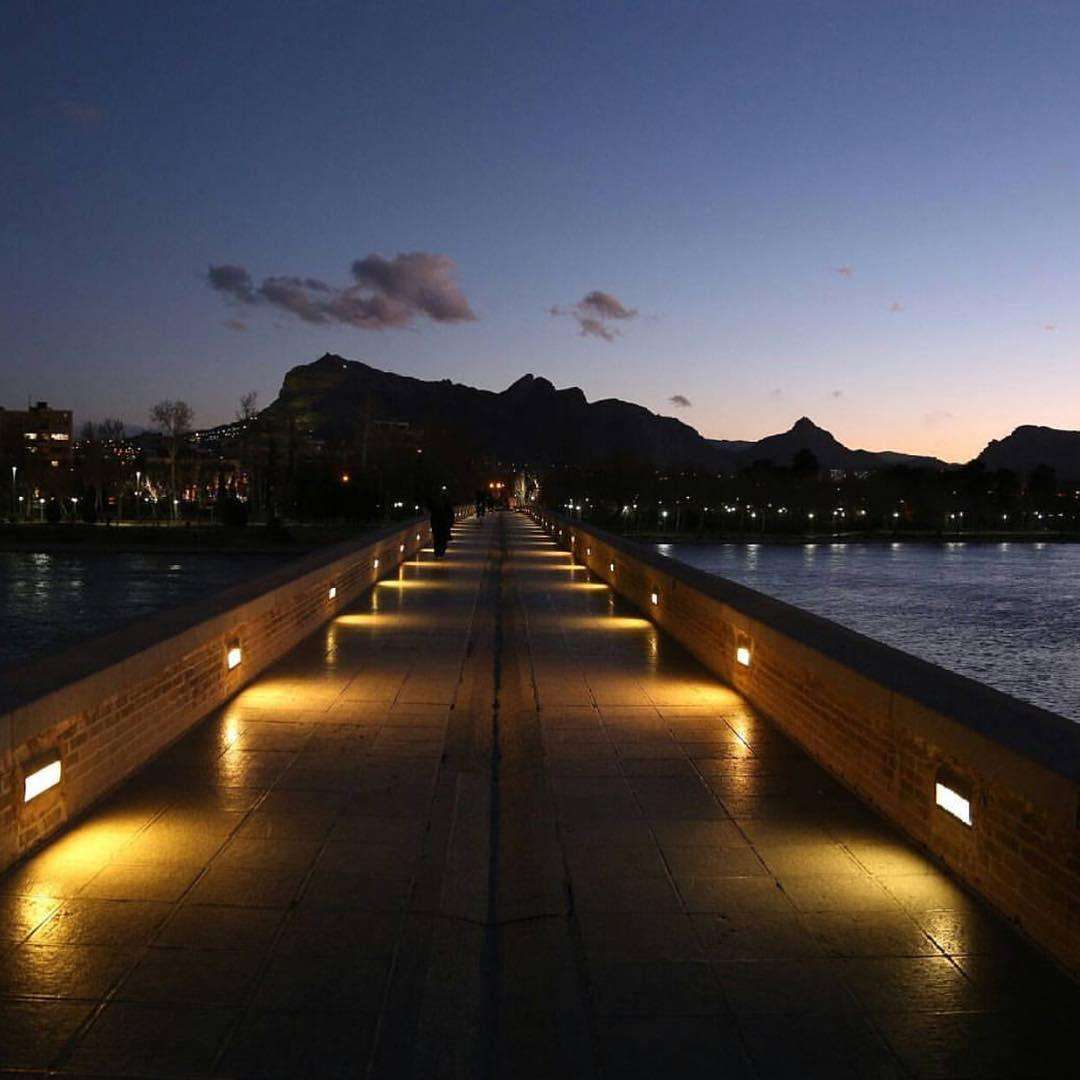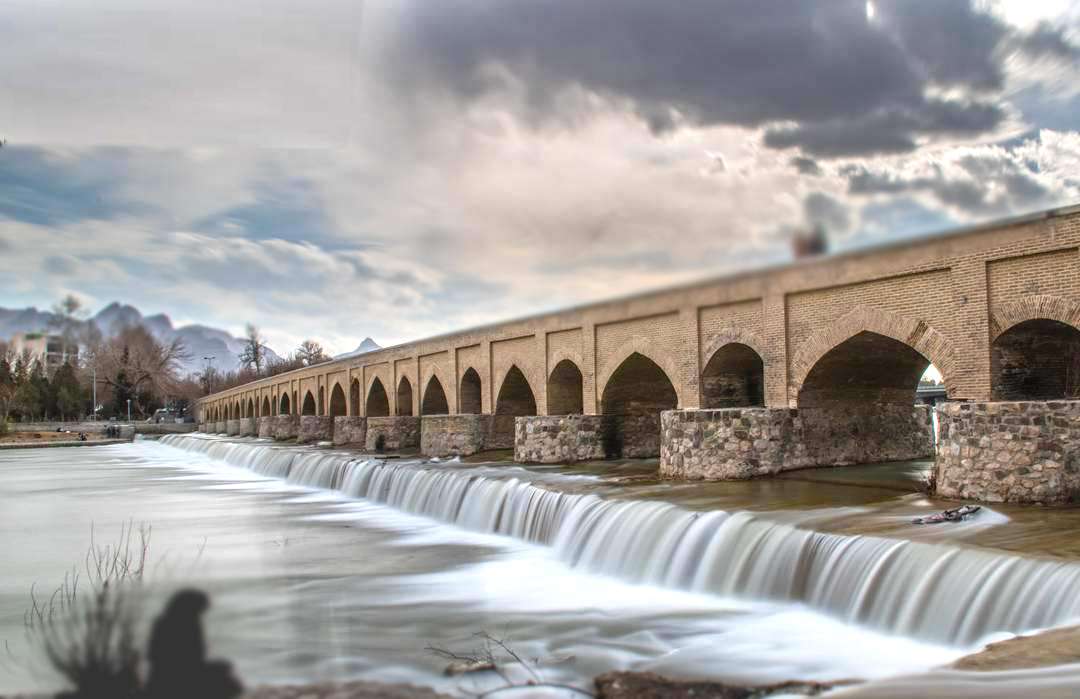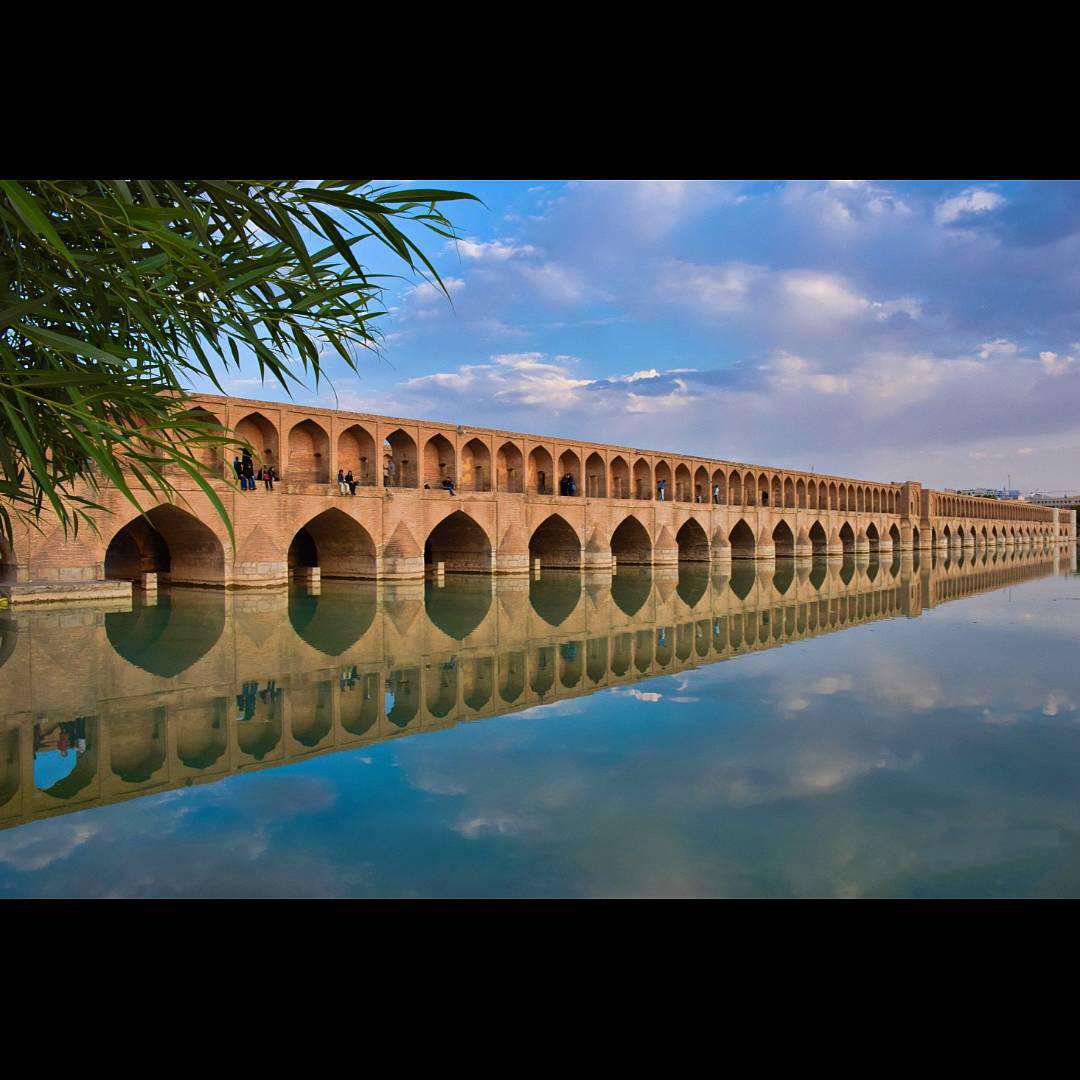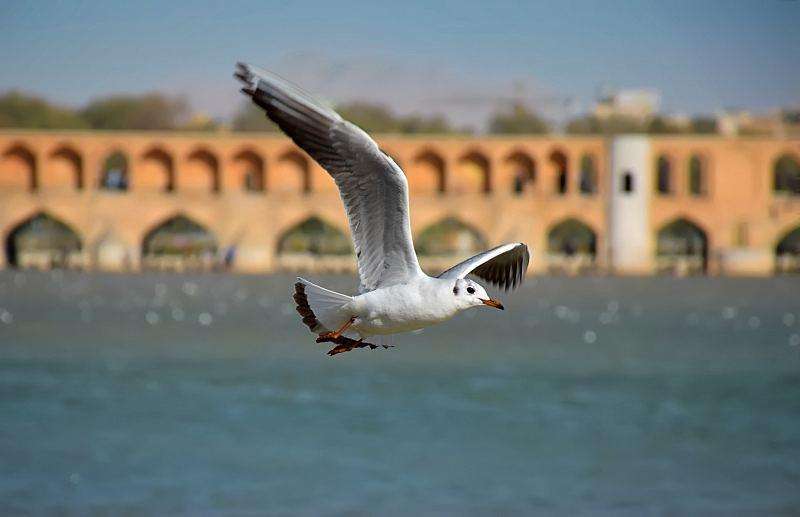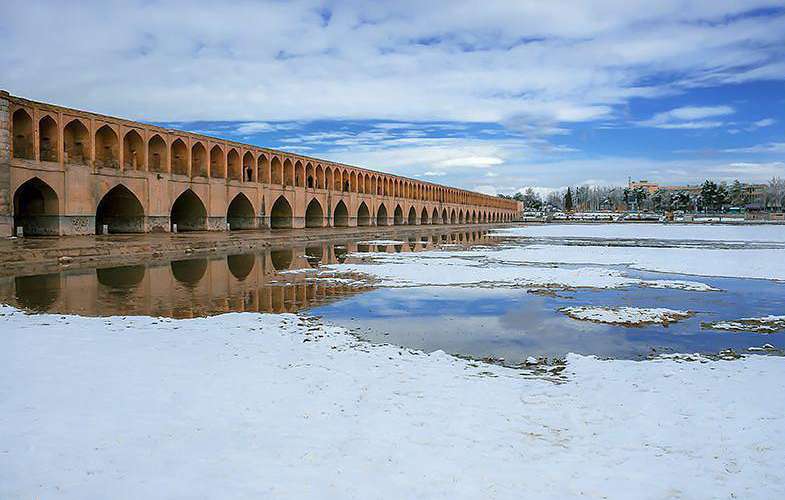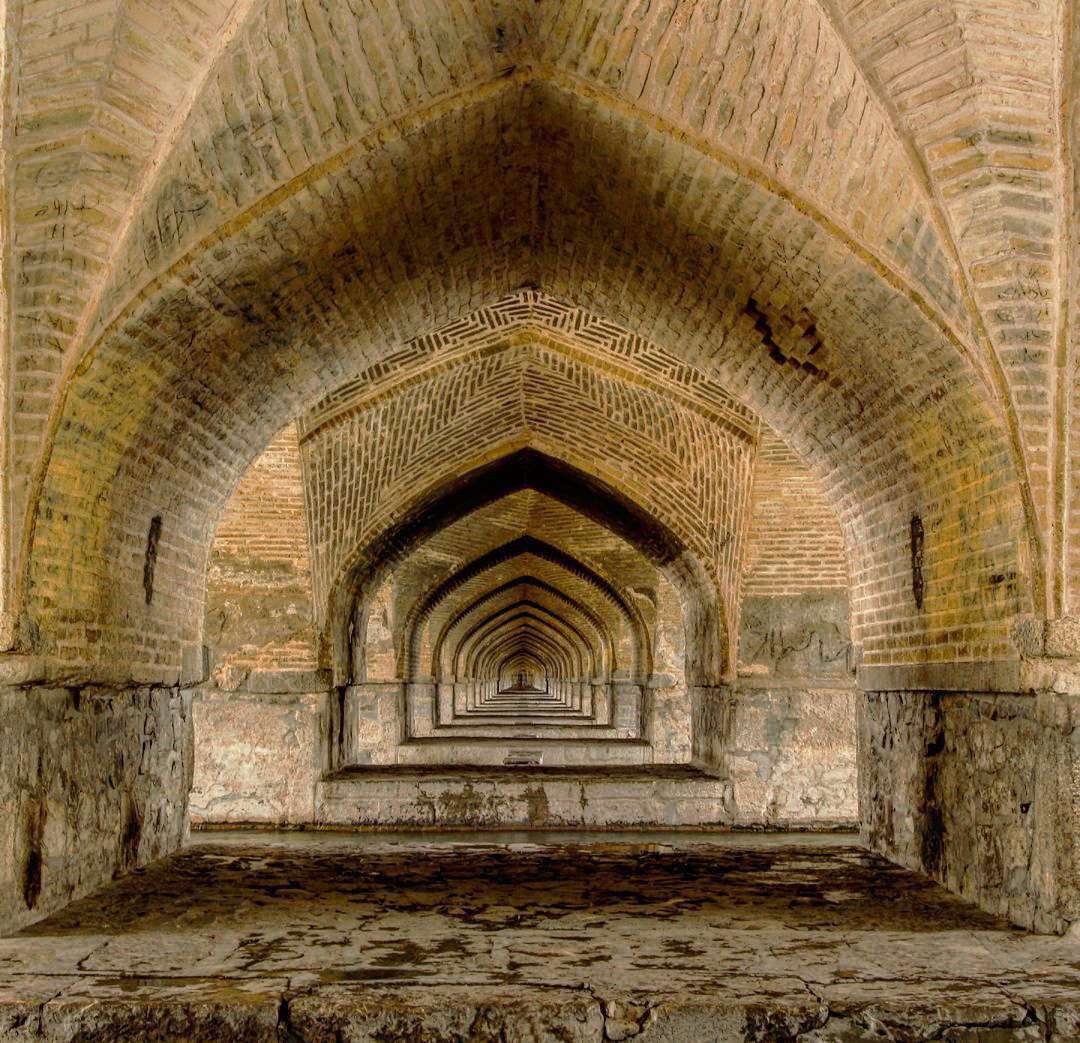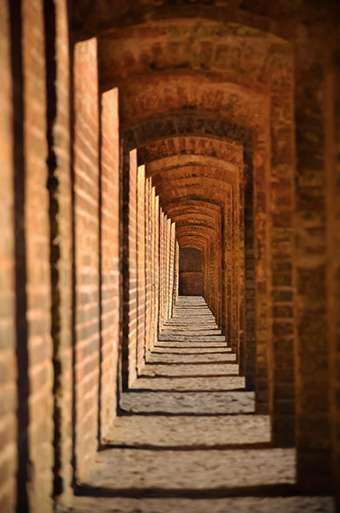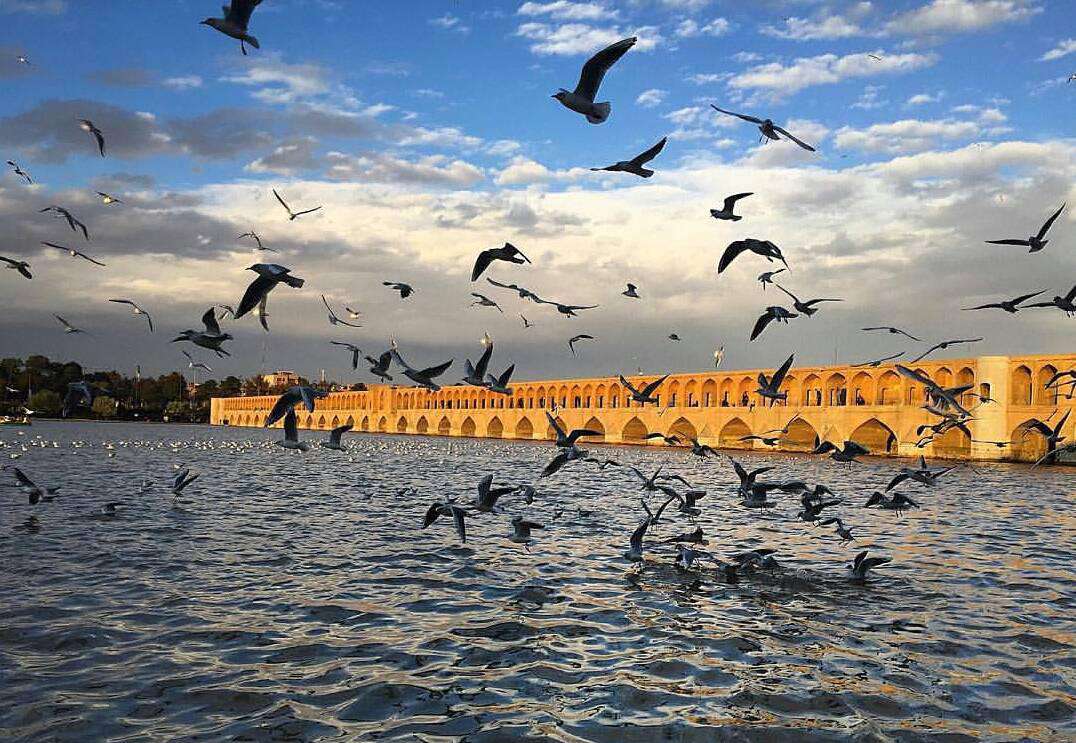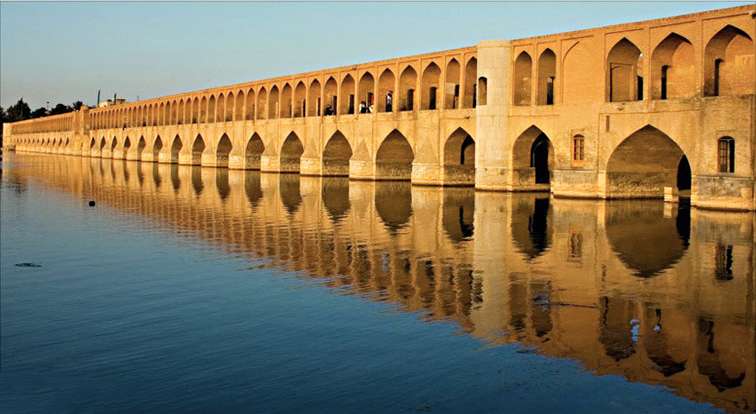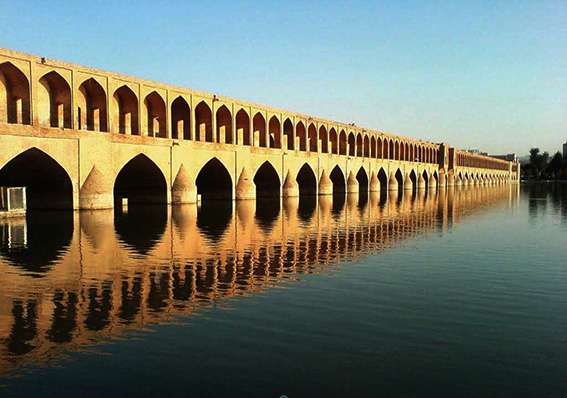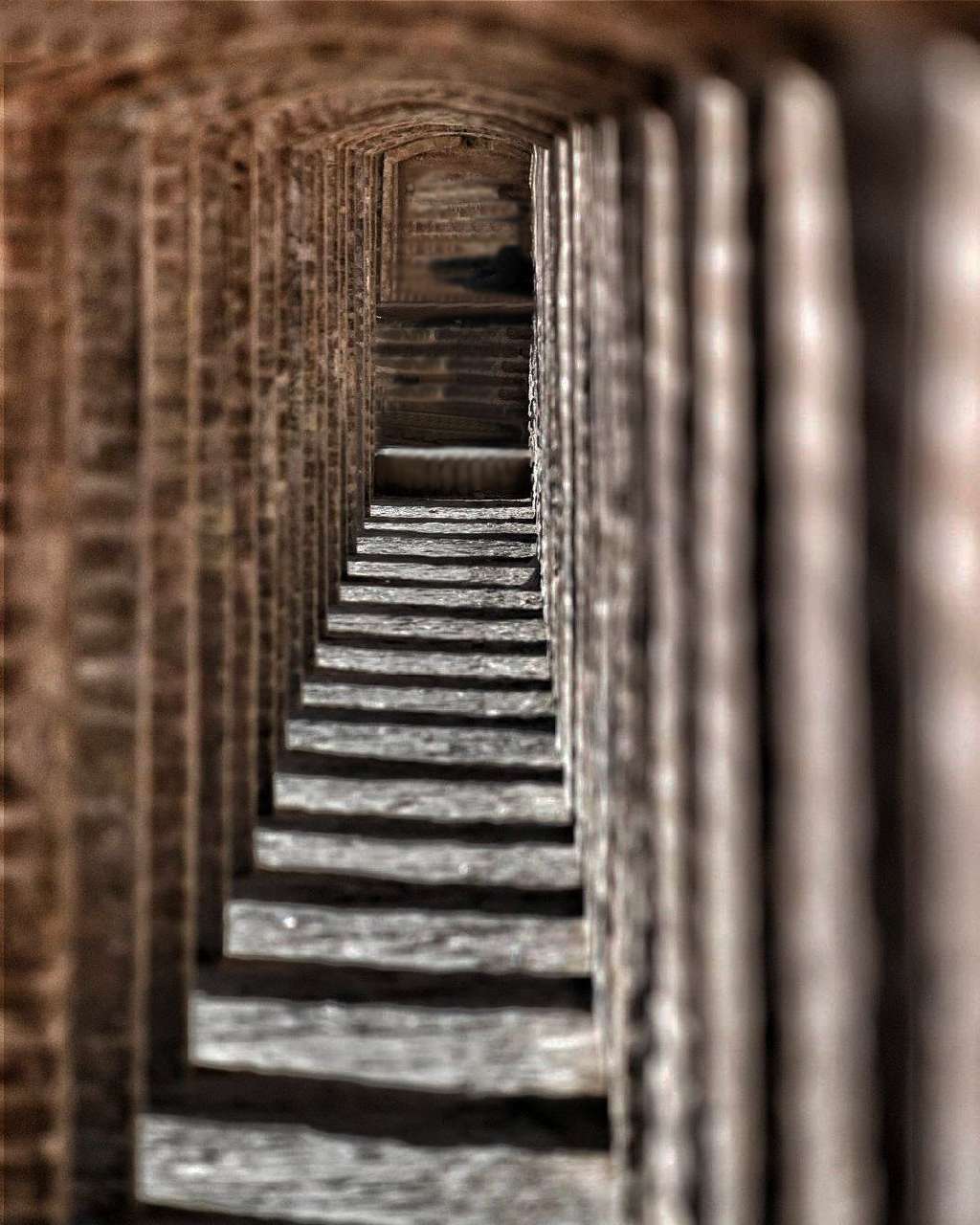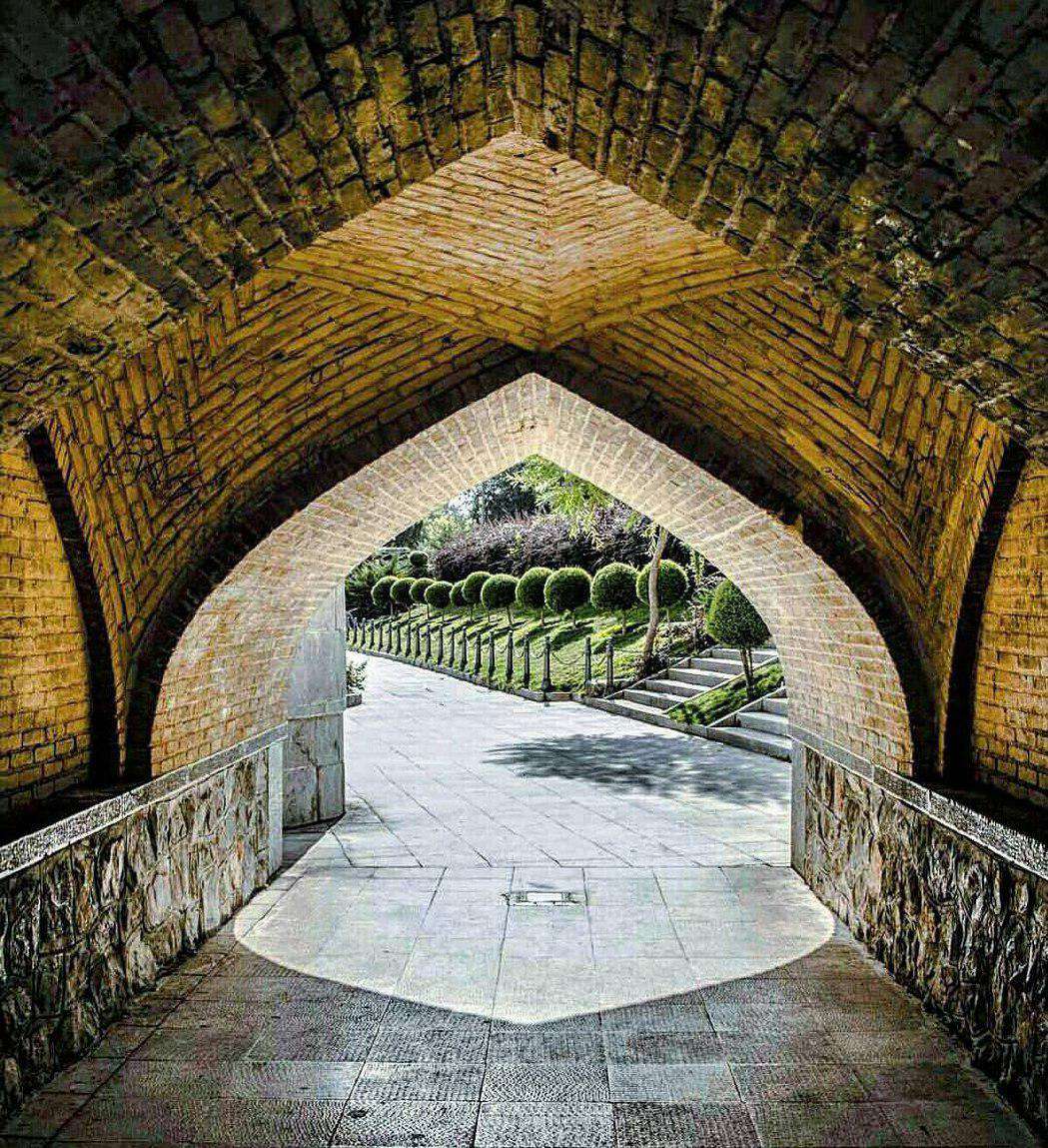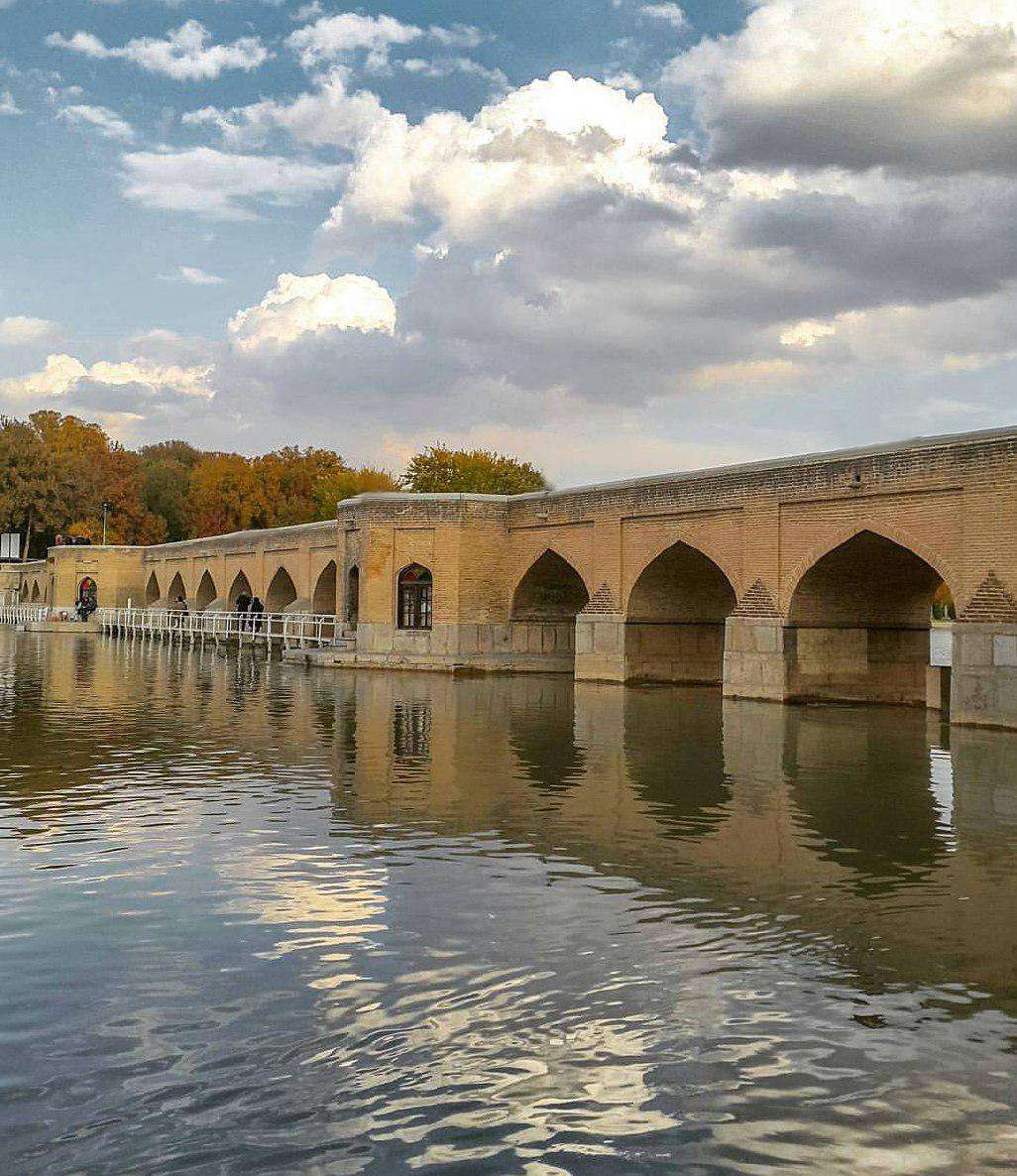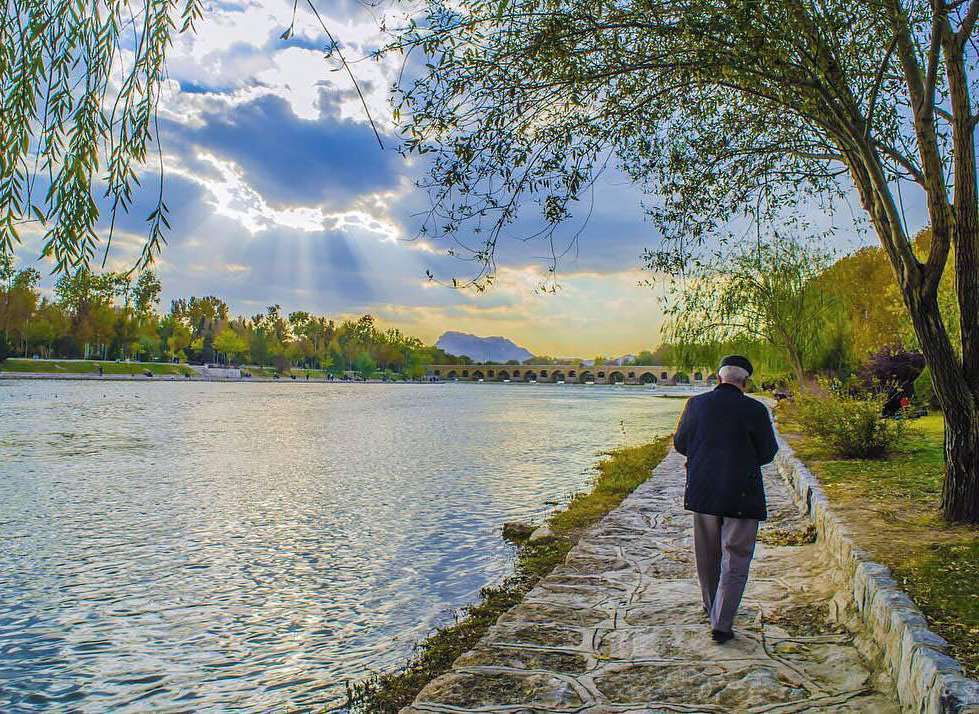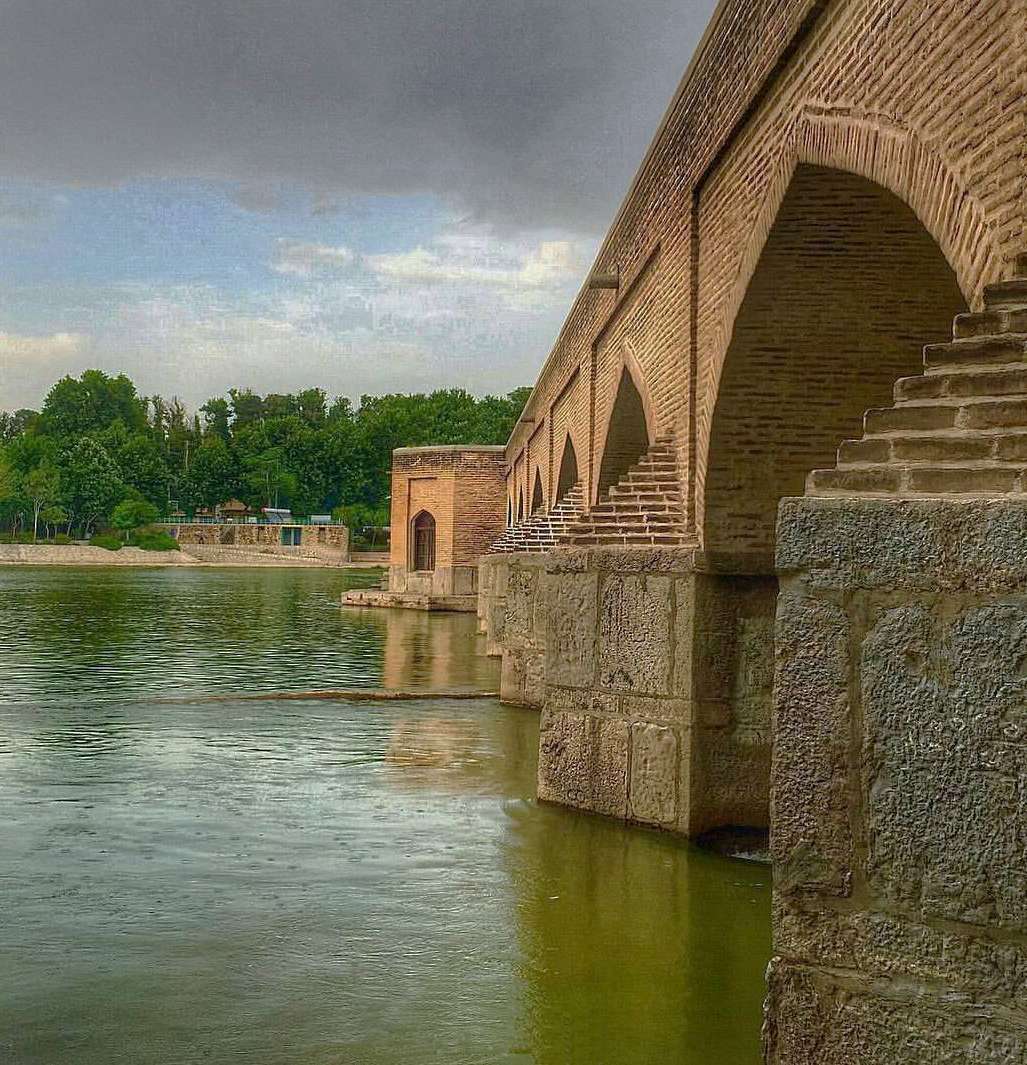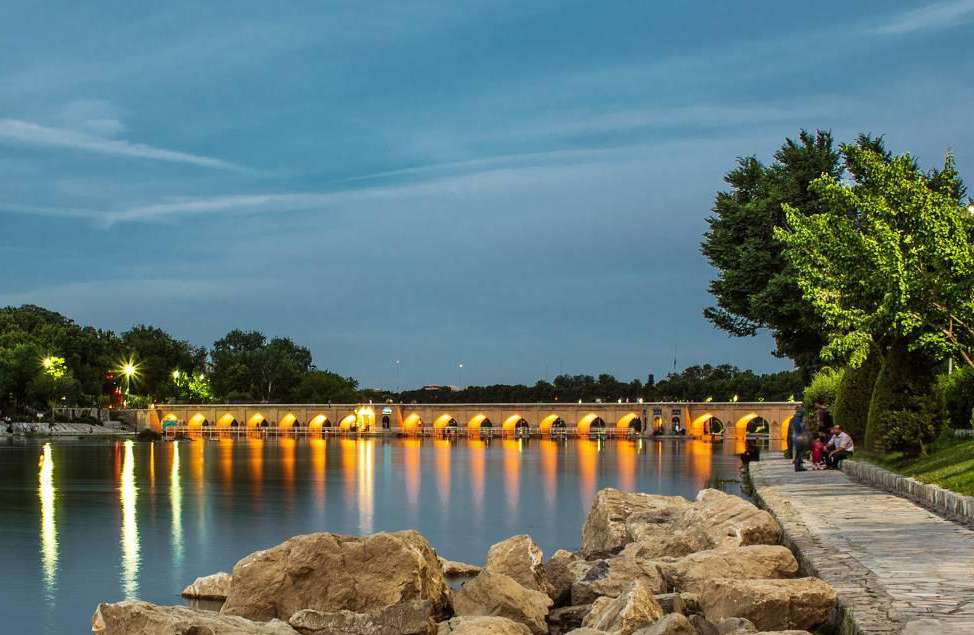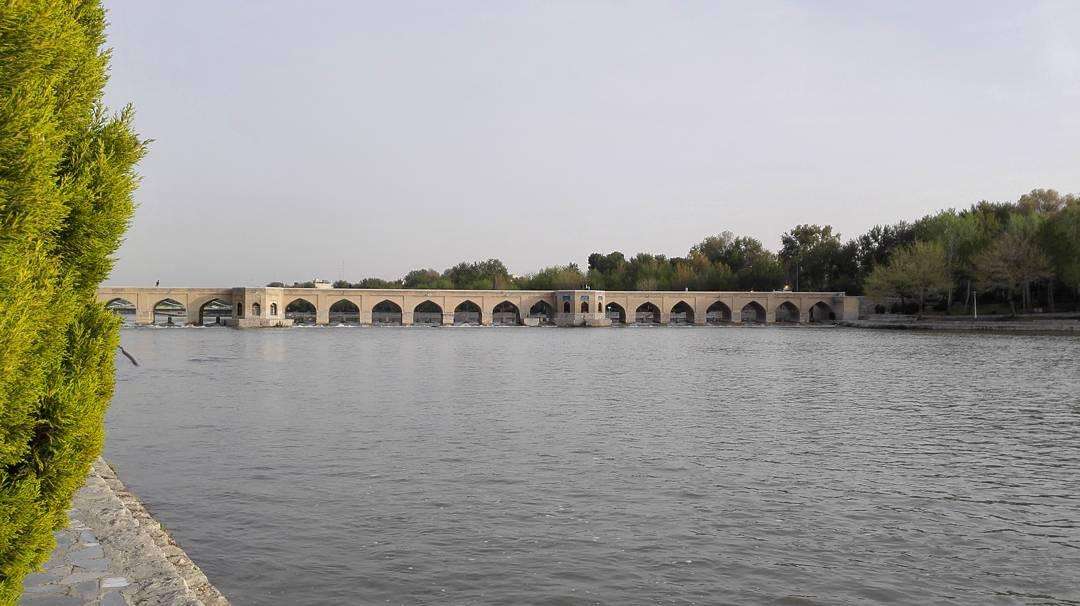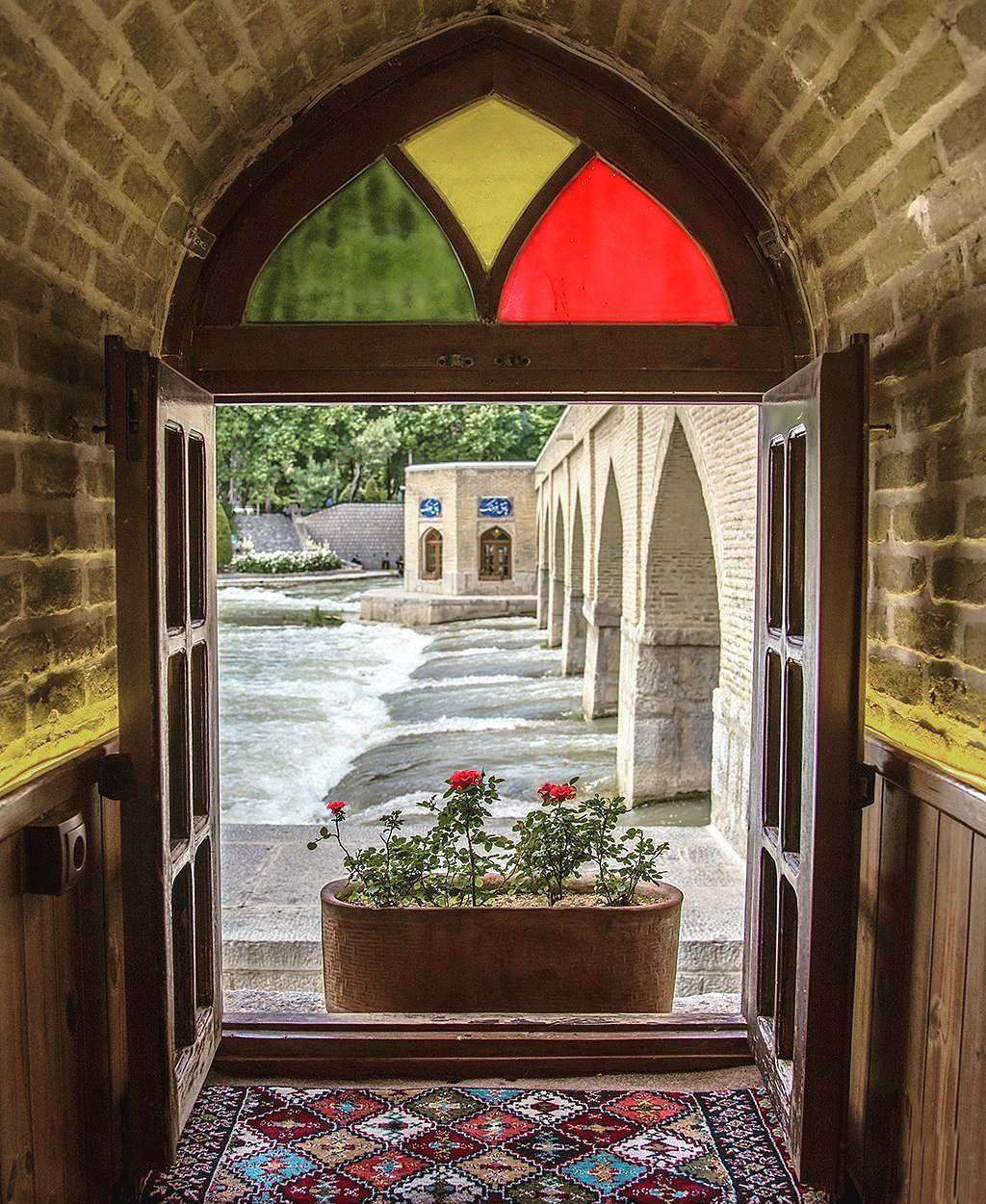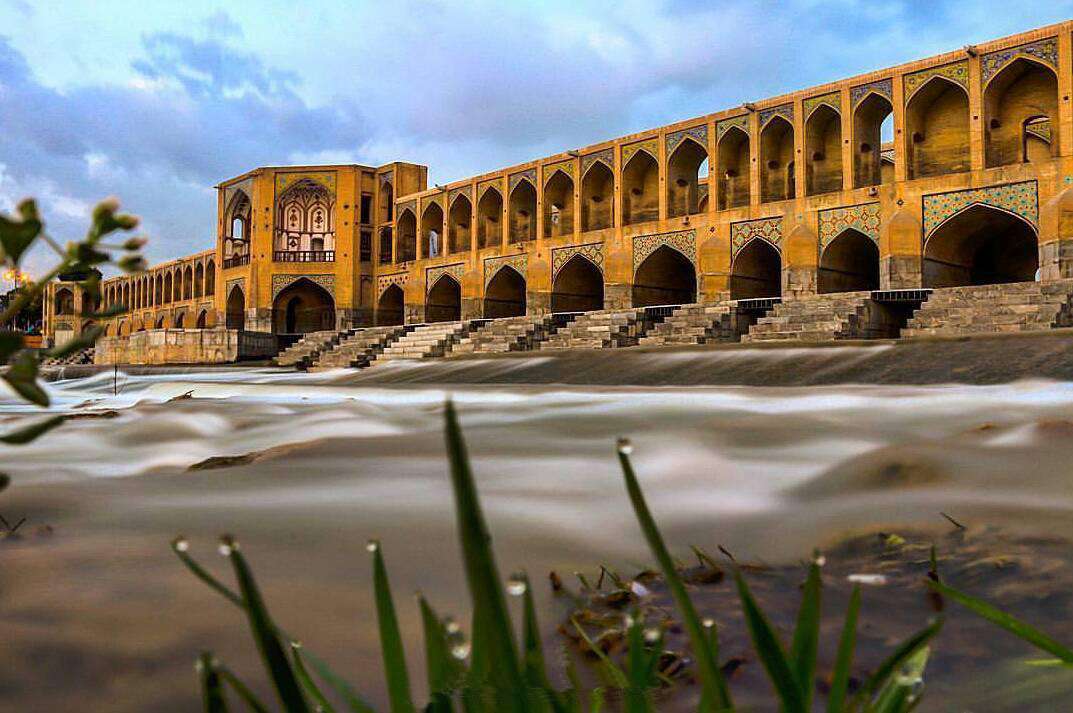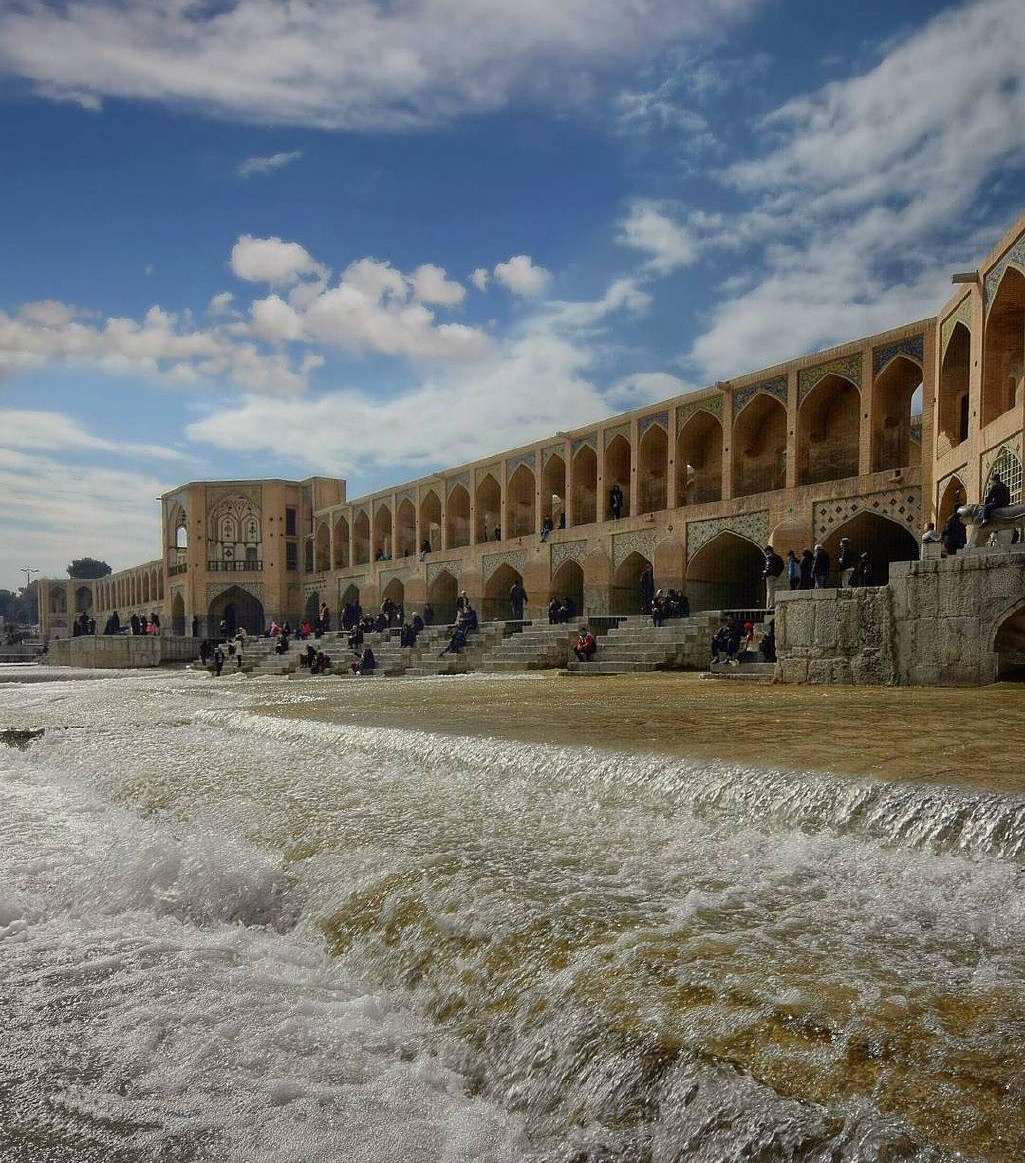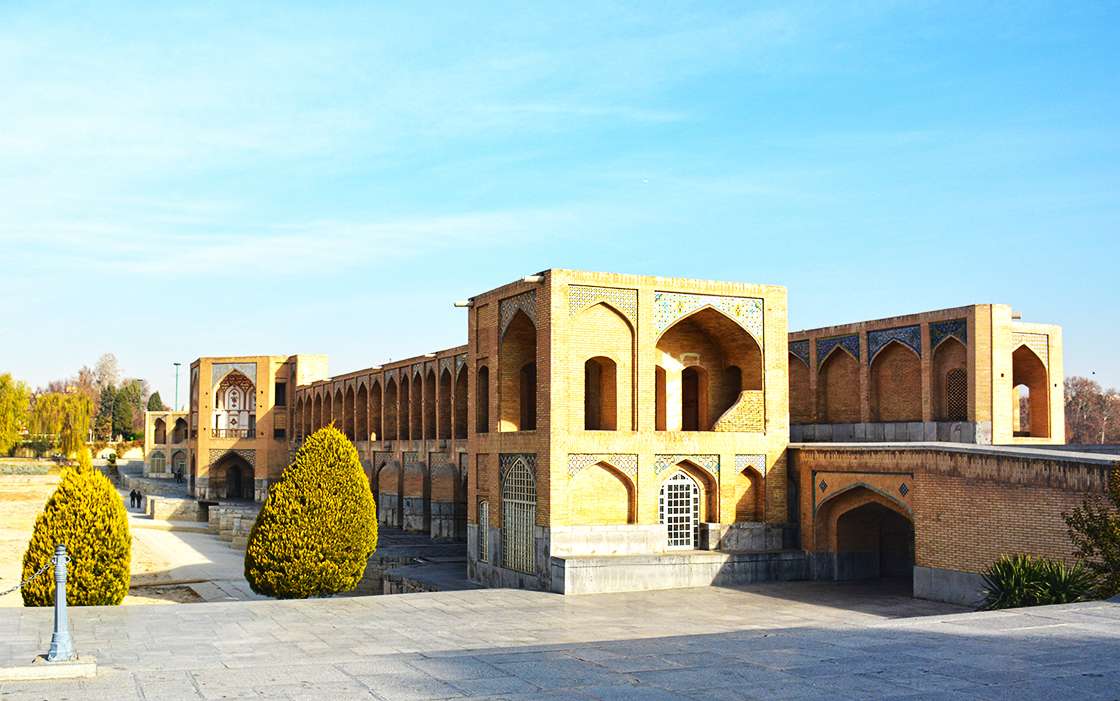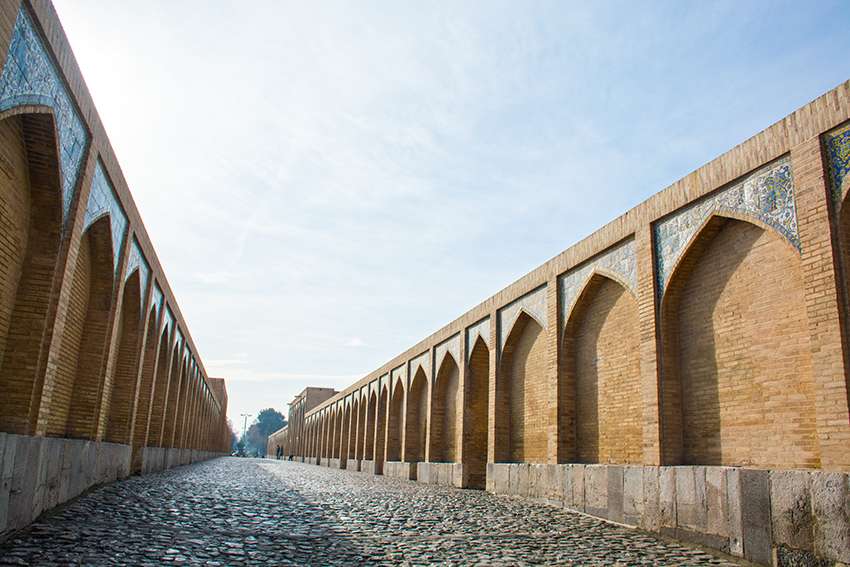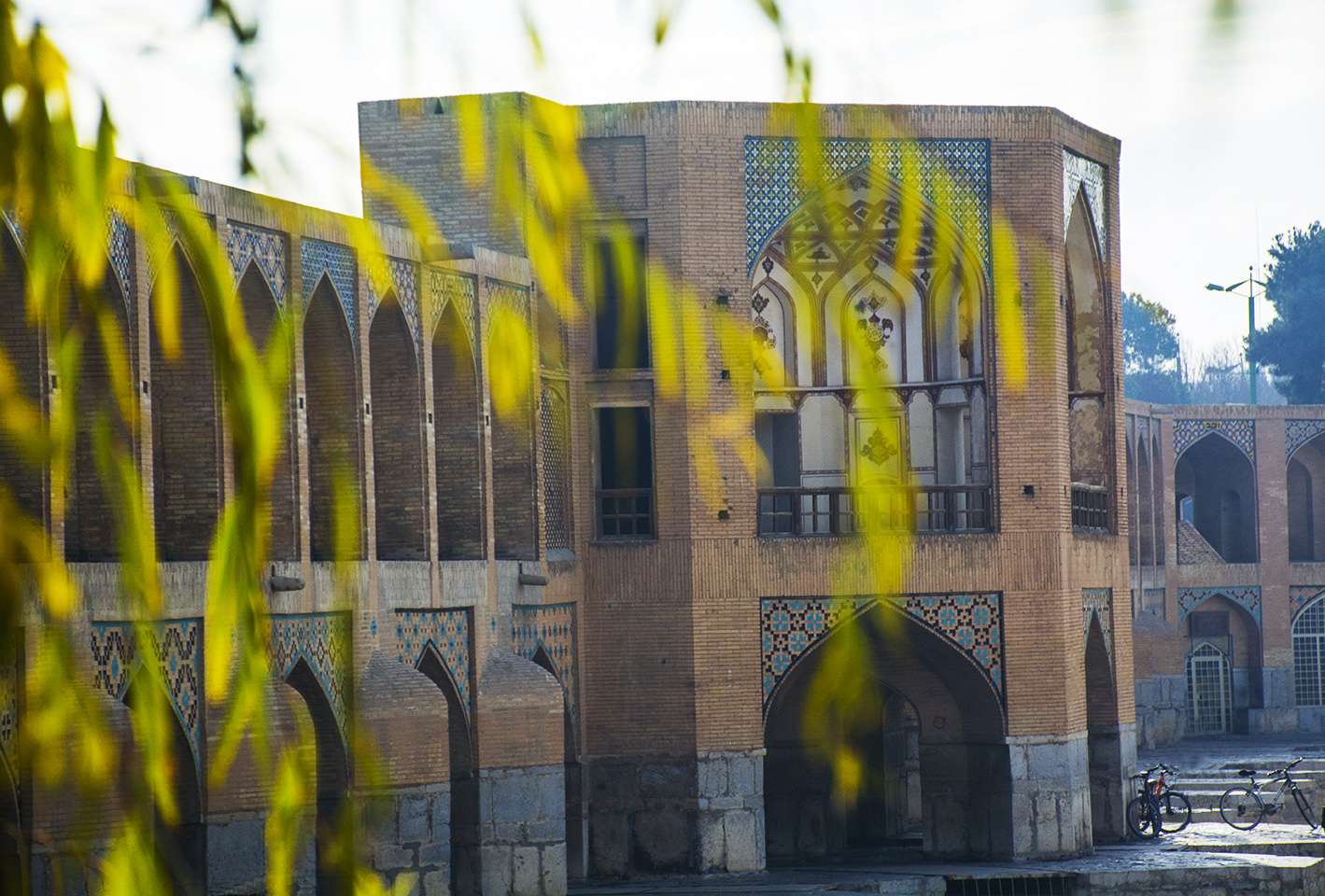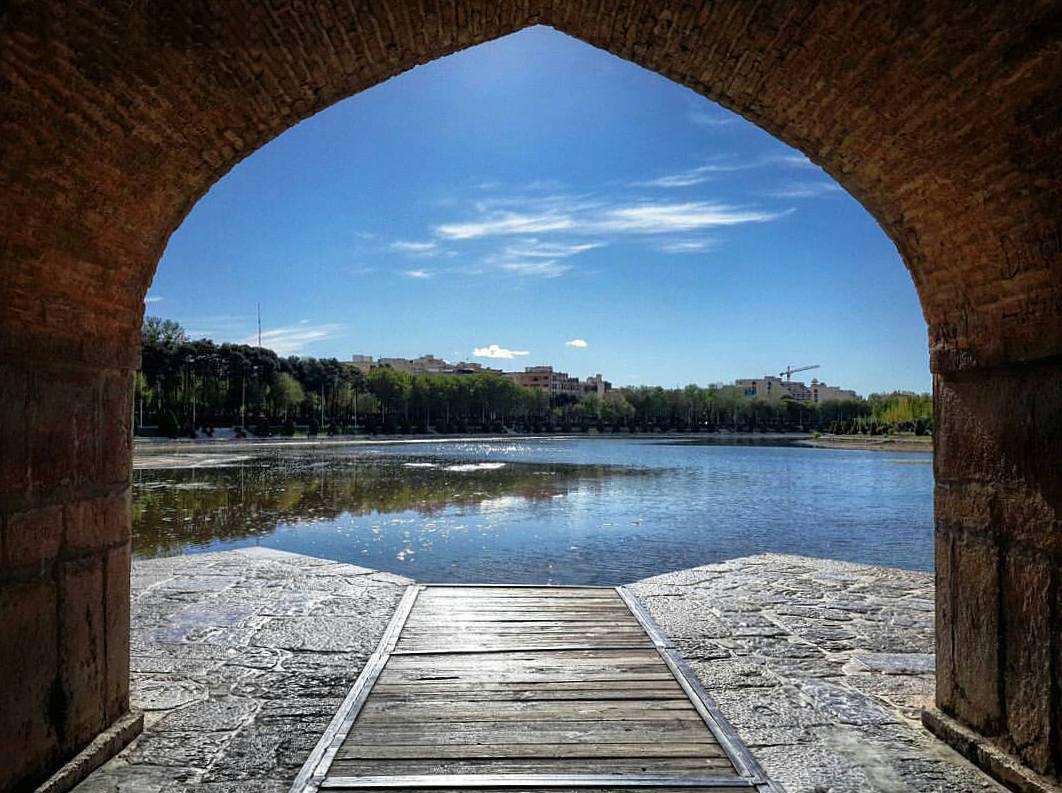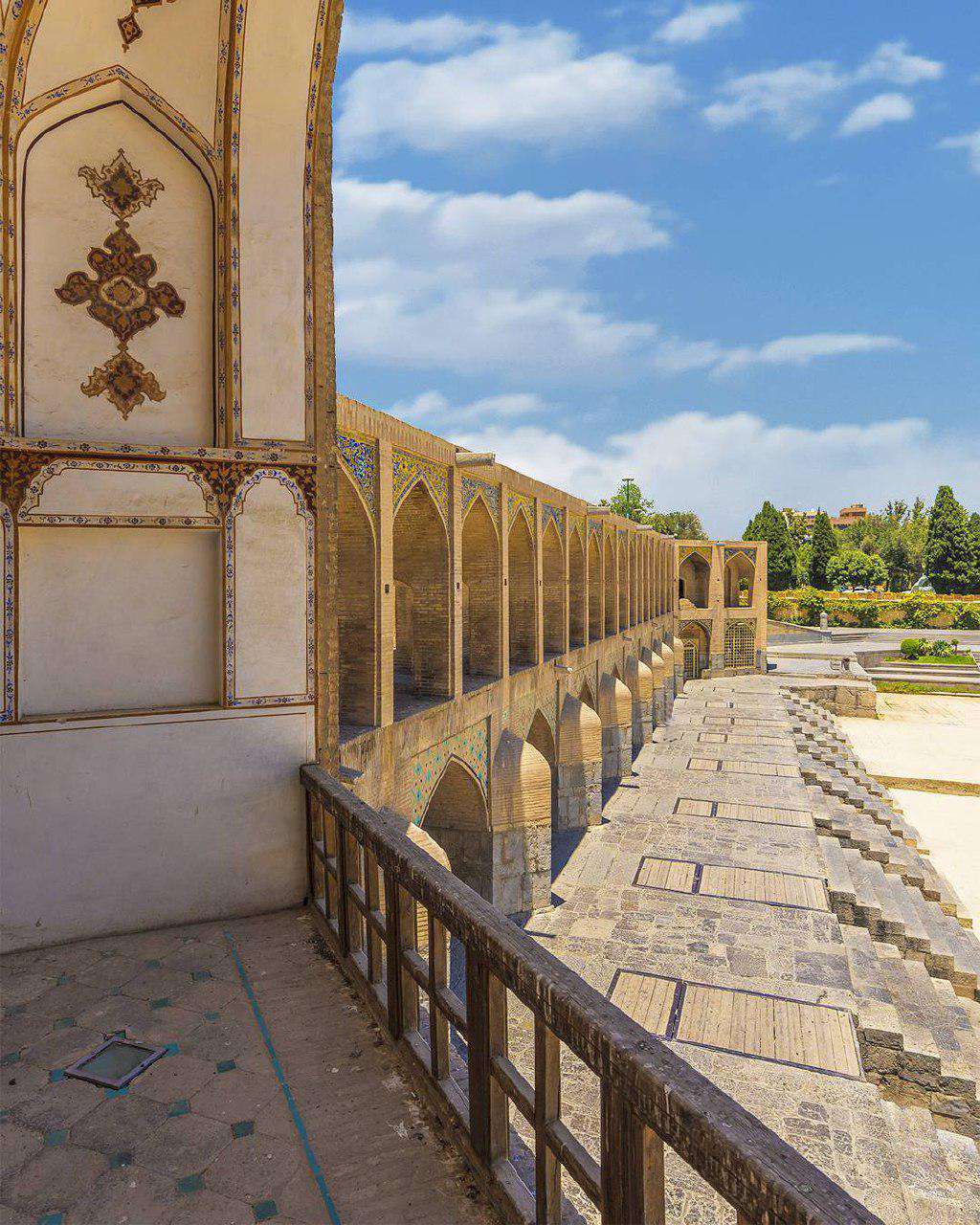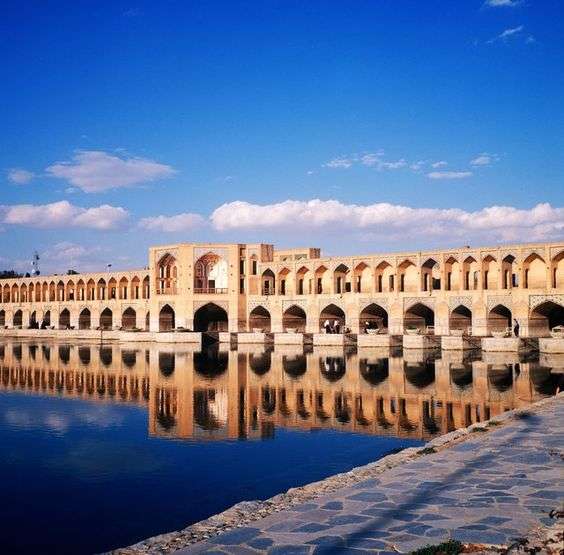The Best Everlasting Passages of Isfahan Bridges

- ThemeArt and Music/ Architecture/ Relax and Romance
- CodeIRRS43
- Duration3 hr(s)
- Best TimeSPRING
Walking along Zayandeh-roud from west to east to watch four historical bridges.
Photos of the The Best Everlasting Passages of Isfahan Bridges
Explore The Route
The Best Everlasting Passages of Isfahan Bridges
Bridges have been constructed across the river in Isfahan since Sasanian era 224-651. By the time Isfahan had been designated as the capital of Safavid dynasty, building bridges became a part of the urban expansion. Built in a harmony with other imperial buildings, Safavid bridges were multifunctional. They were masterfully built not only for crossing the river but for controlling the water flow of the river to irrigate the nearby gardens and also for recreational purposes. All in all, there are thirteen bridges built on Zayanderud. However, we want to introduce the most important and accessible ones you can visit in Isfahan. So, we will go over the bridges one by one from the west to the east.
Highlights
Duration : 30 mins
Point Type: STARTING
Duration : 1 hr(s)
Point Type: STOP OVER
Duration : 30 mins
Point Type: STOP OVER
Choobi Bridge (Joui Bridge)
Joui Bridge (also known as Joubi or less formally as Chubi) is one of the relics of the Safavids. It was built in 1655, when Shah Abbas II was in charge of the kingdom. It was a bridge built specifically for the royal family, connecting the royal gardens on either side of the bridge. Unfortunately, no trace of these gardens is left today, gardens such as Haft-dast, Ayeneh-khaneh, Namakdan, Kashkul, Bagh-daryacheh, and Saadat-Abad.
Joui Bridge, also known as the Saadat-abad Bridge, has 21 arch-shaped sluices, along with two pavilions (shahneshan) built at intervals in the middle of the bridge. These shahneshins were used by royal ladies, ...
Duration : 1 hr(s)
Point Type: ENDING
(Pol-e Khaju)
(Khājū Bridge), or the Shahi (Royal) Bridge, was built over the foundations of Hassan-Abad Bridge, dating back to the 15th century, the Timurid period. The existing was built by the order of Shah Abbas II in 1650. It is recorded that when the construction completed, to celebrate the great work done, Shah Abbas II ordered to decorate the bridge lavishly with flowers, lanterns, golden sunshades, and exquisite carpets. Khaju is derived from the word Khajeh, a title used for the courtiers, and those close to the royal family, and it is applied to the bridge because it was located at the margins of the neighbor...
Important Information
Cost Info
- Marnan Bridgefree
- Si-o-Se Pol Bridgefree
- Choobi Bridge (Joui Bridge)free
- Khaju Bridge free
- Destination
- Transportation Type
- Transportation Fee---
Additional Info
Strolling from the westernmost bridge ,Marnan, to Khaju bridge, you will also pass several bridges built during the past decades.
On your way, enjoy the scenic riverside parks, boasting the good examples of Iranian contemporary urban sculptures, built by the famous sculptors such as Morteza Ne‘mat- Allahi.
